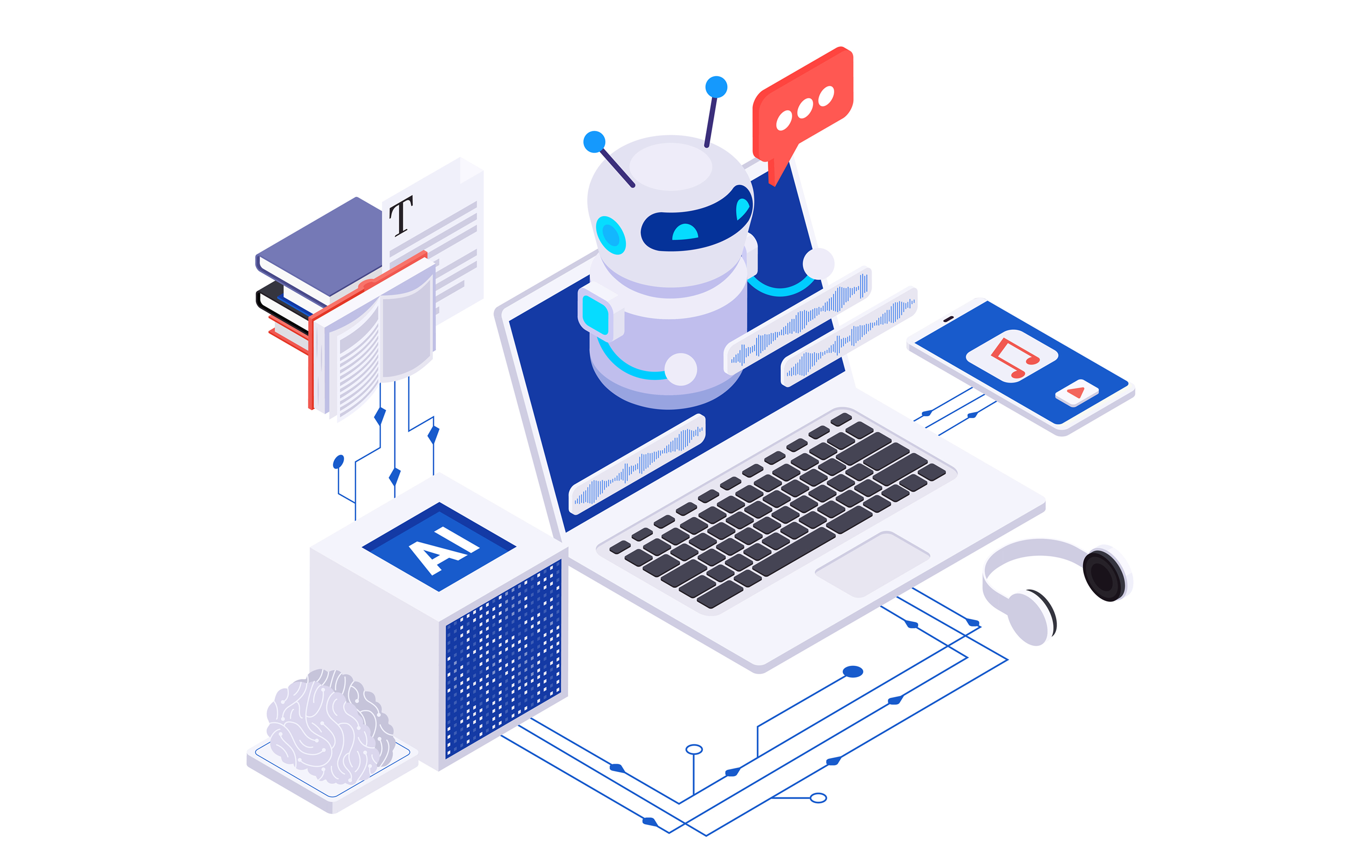Chat Bots Service
What Is a Chatbot?
A chatbot is defined as a conversational application that aids in customer service, engagement, and support by replacing or augmenting human support agents with artificial intelligence (AI) and other automation technologies that can communicate with end-users via chat.

chatbot technology plays an increasingly prevalent role in our lives, from how we receive customer support or decide to purchase a product to how we handle our routine tasks. Many of us have interacted with these chatbots or virtual assistants on our phones or through devices in our homes—such as Apple’s Siri, Amazon Alexa and Google Assistant. You may have interacted with these chatbots via SMS text messaging, social media or with messenger applications in the workplace. Chatbots have made our lives easier by providing timely answers to our questions without the hassle of waiting to speak with a human agent.
What are the different types of chatbot?
- Menu or button-based chatbots
- Rules-based chatbots
- AI-powered chatbots
- Voice chatbots
- Generative AI chatbots
Menu or button based chatbots
Menu-based or button-based chatbots are the most basic kind of chatbot where users can interact with them by clicking on the button option from a scripted menu that best represents their needs. Depending on what the user clicks on, the simple chatbot may prompt another set of options for the user to choose until reaching the most suitable, specific option. Essentially, these chatbots operate like a decision tree.
Rules based chatbots
Building upon the menu-based chatbot’s simple decision tree functionality, the rules-based chatbot employs conditional if/then logic to develop conversation automation flows. The rule-based bots essentially act as interactive FAQs where a conversation designer programs predefined combinations of question-and-answer options so the chatbot can understand the user’s input and respond accurately.
AI powered chatbots
While the rules based chatbot’s conversational flow only supports predefined questions and answer options, AI chatbots can understand user’s questions, no matter how they’re phrased. With AI and natural language understanding (NLU) capabilities, the AI bot can quickly detect all relevant contextual information shared by the user, allowing the conversation to progress more smoothly and conversationally. When the AI-powered chatbot is unsure of what a person is asking and finds more than one action that could fulfill a request, it can ask clarifying questions. Further, it can show a list of possible actions from which the user can select the option that aligns with their needs.
Voice chatbots
A voice chatbot is another conversation tool that allows users to interact with the bot by speaking to it, rather than typing. Some voice chatbots can be more rudimentary. Some users may be frustrated by the Interactive Voice Response (IVR) technology they’ve encountered, especially when the system can’t retrieve the information a user is looking for from the pre-programmed menu options and puts the user on hold. However, this system is evolving with artificial intelligence.
Generative AI chatbots
The next generation of chatbots with generative AI capabilities can offer even more enhanced functionality through their fluency in understanding common language, their ability to adapt to a user’s style of conversation and their use of empathy when answering users’ questions. While conversational AI chatbots can digest a users’ questions or comments and generate a human-like response, generative AI chatbots can take this a step further by generating new content as the output. This new content could look like high-quality text, images and sound based on LLMs they are trained on. Chatbot interfaces with generative AI can recognize, summarize, translate, predict and create content in response to a user’s query without the need for human interaction.
